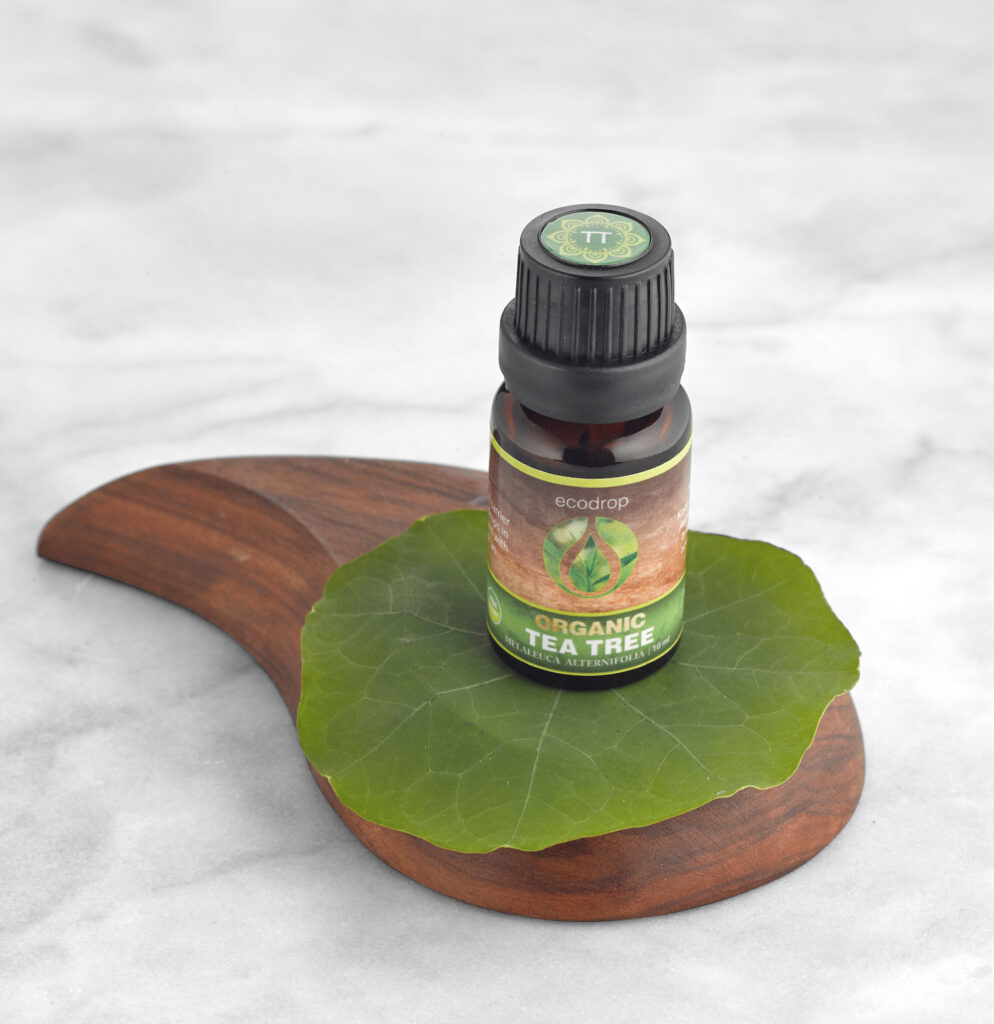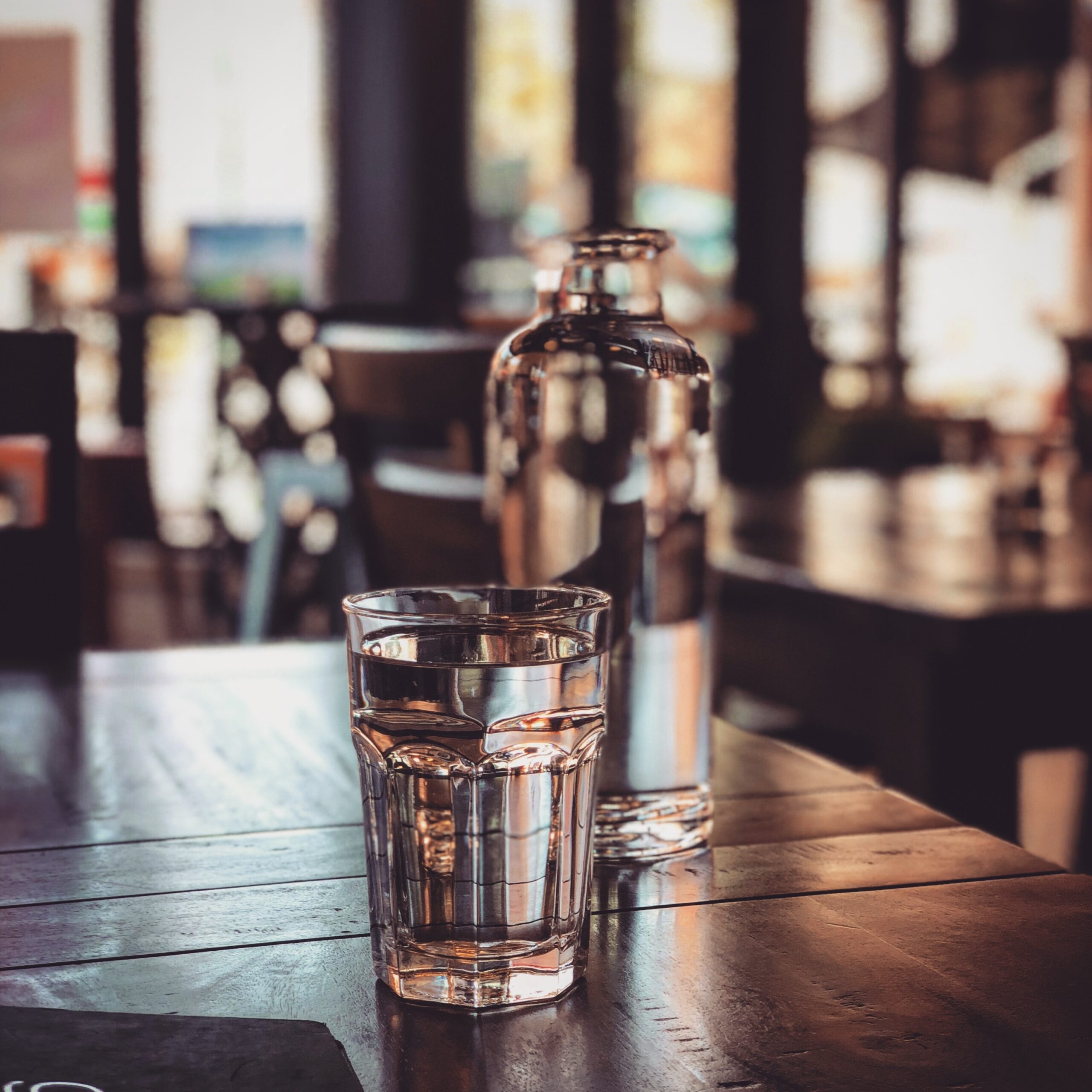Seborrheic Dermatitis is a chronic skin condition affecting adults and children of all ages, yet the cause is unknown. This often embarrassing condition is as common as acne, yet unfortunately there is no known cure.
Considered a chronic form of eczema, seborrheic dermatitis appears on the parts of the body where there are a lot of oil-producing (sebaceous) glands like the upper back, nose and especially the scalp, when it is often referred to as dandruff. Seborrheic dermatitis appears as scaly red patches, flakey skin and excess greasiness, often causing itching. Symptoms can range from very mild to more severe.
What causes Seborrheic Dermatitis?
Although exact cause of seborrheic dermatitis is unknown, genes and hormones are thought to play a role. In addition, an imbalance of specific microorganisms, as well as yeast, that live on the skin naturally may also contribute to seborrheic dermatitis.
Other pre-existing skin conditions such as rosacea and psoriasis may also increase the likelihood of developing symptoms. Lifestyle factors such as depression, alcoholism and a poor diet have been linked to seborrheic dermatitis as well.
How do you treat Seborrheic Dermatitis?
The condition is considered chronic, so while symptoms can go away with treatment, there is no permanent cure. Treatment methods vary from expensive dandruff shampoos to different creams often containing zinc, sulfur and cortisones. Sometimes no treatment is needed and flare ups simply clear up on their own.
While there are no guarantees when it comes to treatment, there is also the option of a more holistic approach.
5 Holistic Treatments for Seborrheic Dermatitis
1. Get More Sleep
Sleep is one of the most underrated ways to exponentially improve our health. Sleep is the time that our body rests, restores, and most importantly, repairs.
Without sufficient sleep we are disrupting our body’s natural healing mechanisms, which causes a lowered immune system, as well as many other imbalances that can lead to developing conditions like seborrheic dermatitis.
And how much is enough? Experts agree that we should be aiming for 7 to 9 hours a night.


2. Add Gentle Exercise
Exercise has been shown to decrease symptoms of seborrheic dermatitis by lowering stress, boosting circulation, combatting depression, inducing better sleep and keeping the body at a healthy weight.
The intensity of the exercise is what matters here, however, as while movement is beneficial for the condition, excess sweating is not. Brisk walks in nature, light yoga and other forms of gentle exercise are optimal when it comes to prevention of symptoms.
Love to break a sweat? The good news is that the sweat itself is not so much the issue as the salty residue left on your skin when the sweat dries. In order to avoid flareups, have a cool shower immediately after working out. This will remove the sweat and reduce the heat build up in the body.
3. Eat your Antioxidants
Eating foods rich in antioxidants have been shown to decrease the likelihood of developing seborrheic dermatitis, as well as reduce symptoms. Fruits are particularly beneficial, with low sugar, antioxidant-containing fruit, such as berries, high up on the list.
Anti-inflammatory foods are also helpful. Add ginger, leafy green vegetables, flaxseed and avocado to your diet to nourish your skin from the inside out.


4. Organic Tea Tree Oil
Tea Tree oil is a natural treatment options for seborrheic dermatitis, and has been proven to reduce symptoms in a number of ways. Topical application of tea tree oil reduces inflammation, relives itching, is anti-microbial and may assist with the wounds resulting from scratching.
Tea tree oil is an active ingredient in many anti-dandruff and eczema treatments, but it is often mixed with unwanted chemicals.
We recommend adding 1-3 drops of Organic Tea Tree oil (per use) to your current eco-friendly moisturising cream or to shampoo. Otherwise why not make your own treatment?
DIY Seborrheic Dermatitis Treatment
Ingredients
- 1 cup Liquid Castile Soap
- 1/2 cup Distilled water
- 1 full teaspoon of Avocado oil
- 25 drops of Ecodrop’s Organic Tea tree essential oil
Directions
Pour all the ingredients into an empty shampoo bottle or any other bottle with a lid. Shake the bottle to mix the contents and be sure to shake again before each use. Use as a shampoo or as a body wash.
Alternatively, add 20-25 drops of tea tree essential oil into your full bottle of shampoo to benefit from its healing properties.
5. Stay Hydrated
Drinking enough water will hydrate your skin from the inside out, as well as flush out unwanted toxins from your system. Aim for at least 2 litres per day, and more if you are experiencing a flare up.
Hydration not only comes down to drinking more water, but also reducing dehydrating substances. Avoiding excess caffeine and alcohol will up your overall hydration levels and prevent skin aggravation. If you must have your coffee (we understand!), try to limit to one cup per day.

Simple lifestyle changes may benefit the condition of your skin and reduce the effects of seborrheic dermatitis, but if your symptoms are severe, it is best to consult with a medical professional.
DISCLAIMER: This article does not constitute medical advice.
